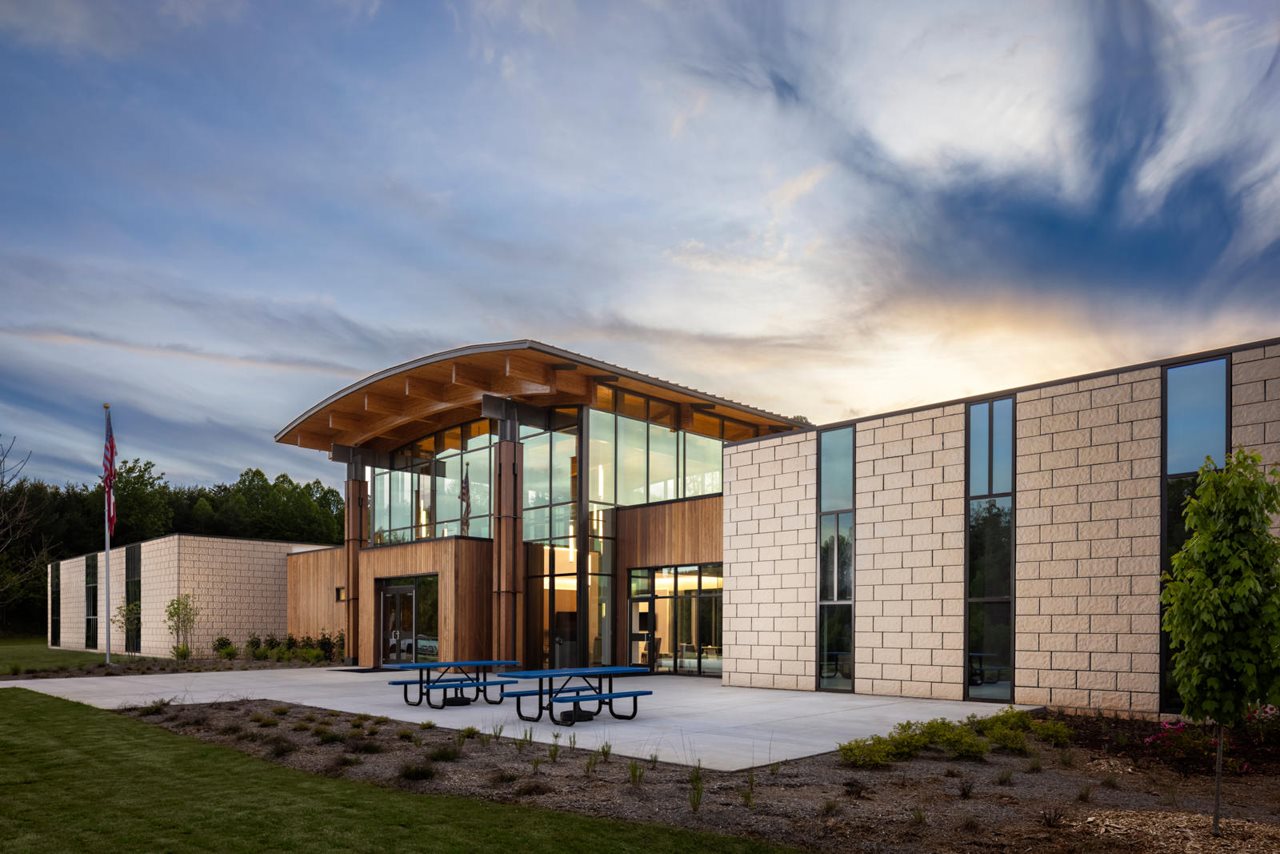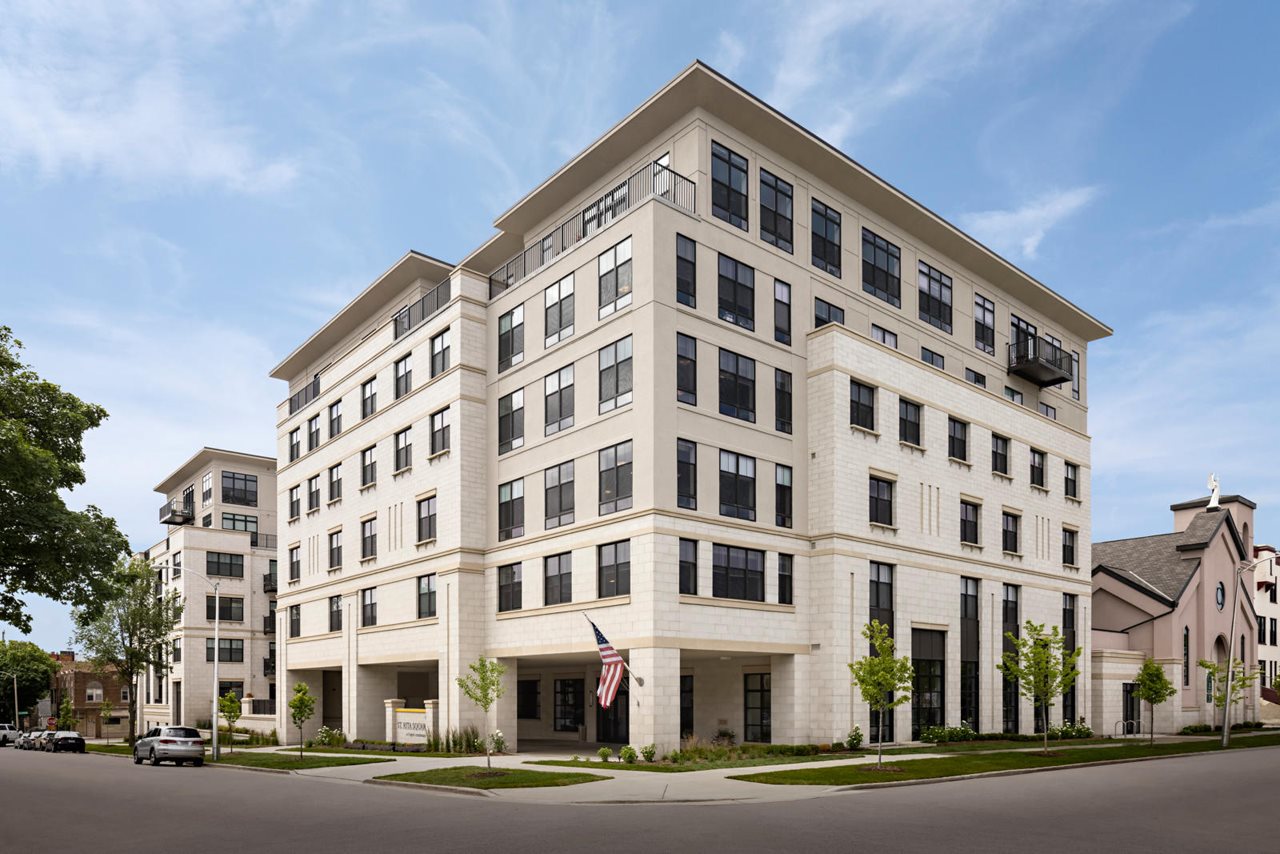(BPT) - Did you know that last year alone, the U.S. saw 28 weather-related disasters exceeding $1 billion in damages, according to the National Oceanic and Atmospheric Administration? While no one can predict or stop Mother Nature, you can choose to build with materials that are better designed to withstand her wrath.
When it comes to reliability, versatility and strength, concrete block is in a class all its own. Not convinced? Check out these seven ways concrete block can weather whatever the weather holds in your area.
1. High winds
High winds are known to cause roof damage and trees to topple in your yard and on your home. However, they can also cause foundation issues, leading to serious structural problems for a home and other buildings.
While high winds can happen anywhere, the central U.S. is especially prone to this weather issue and it's only getting worse. According to research by the U.S. National Science Foundation (NSF) National Center for Atmospheric Research (NCAR), damaging thunderstorm winds in the central U.S. have increased fivefold over the past 40 years.
With concrete block, you don't have to worry about high winds and flying debris from hurricanes and tornadoes. Thanks to its inherent mass, high compressive strength and interlocking design, concrete masonry structures can generally endure speeds of 120 to 200 miles per hour.
2. Wildfire
In 2023, the National Interagency Fire Center recorded 56,580 wildfires across the U.S., destroying almost 2,700,000 acres. As of June of this year, there have been 17,865 wildfires.
For homes, buildings and other structures in fire-prone areas, using a durable and naturally fire-resistant building material like concrete block is crucial. The composition of concrete, with inert materials like gravel, sand and crushed rock, prevents the material from burning or contributing to the spread of flames.

3. Flood
Floods are the most frequent and expensive disaster in the U.S., responsible for two-thirds of the costs of all natural disasters. According to the nonprofit Flood Defenders, floods have cost U.S. taxpayers $850 billion since 2000. That's billion with a "B."
When dealing with potential flooding, concrete masonry is a smart choice because of its exceptional water-resistant properties. Concrete's dense nature minimizes water absorption, decreasing the risk of erosion or degradation.
4. Earthquakes
While the state of California is statistically the most at-risk of major earthquakes, they have occurred in 39 states since the turn of the 20th century, according to the Insurance Information Institute. In fact, just earlier this year, the East Coast experienced a 4.8 magnitude earthquake that took residents by surprise.
No matter where you live, concrete blocks provide stability and protection from earthquakes. Reinforced concrete masonry structures absorb and distribute seismic forces, reducing the risk of collapse.

5. Extreme temperatures
Extreme hot or cold temperatures can spell trouble for your home. Extreme cold can freeze pipes and cause flooding, but it can also create cracks in your foundation.
Meanwhile, extreme heat strains your home's infrastructure, including the roof, facade, foundation and air conditioning. This is of particular concern in the U.S. as extreme heat has increased over time and will likely become more frequent and intense, according to the U.S. Department of Health and Human Services.
Block is also less prone to thermal expansion compared to other materials. This means it's less likely to crack in hot climates due to temperature fluctuations, maintaining your home's structural integrity. Also, buildings made of concrete block require less energy for cooling, which can save you money on electricity!
6. Mold and mildew
Mold and mildew aren't just smelly. They can also lower air quality and cause health problems and surface and structural damage. To get rid of mold, you'll need specialists, which can cost an average of $5,000, according to Forbes.
Concrete block is devoid of organic material, which creates an inhospitable environment for mold growth. The non-porous nature does not cultivate the necessary nutrients and residual moisture mold and mildew need to grow.
7. UV rays
You probably know that UV rays harm your skin, but did you know they can damage buildings, too? UV rays can penetrate solid surfaces, damaging parts of a structure that are constantly exposed to the sun for long periods.
Concrete masonry can provide protection from UV rays. The mineral composition and density of block make it durable and resistant to deterioration or discoloration caused by prolonged exposure to sunlight.
A durable structure starts with a resilient and versatile material. Whether you're an architect, engineer, contractor or homeowner, you can benefit from using concrete block. To learn more about the lesser-known benefits of concrete block, visit ConcreteMasonryCheckoff.org.